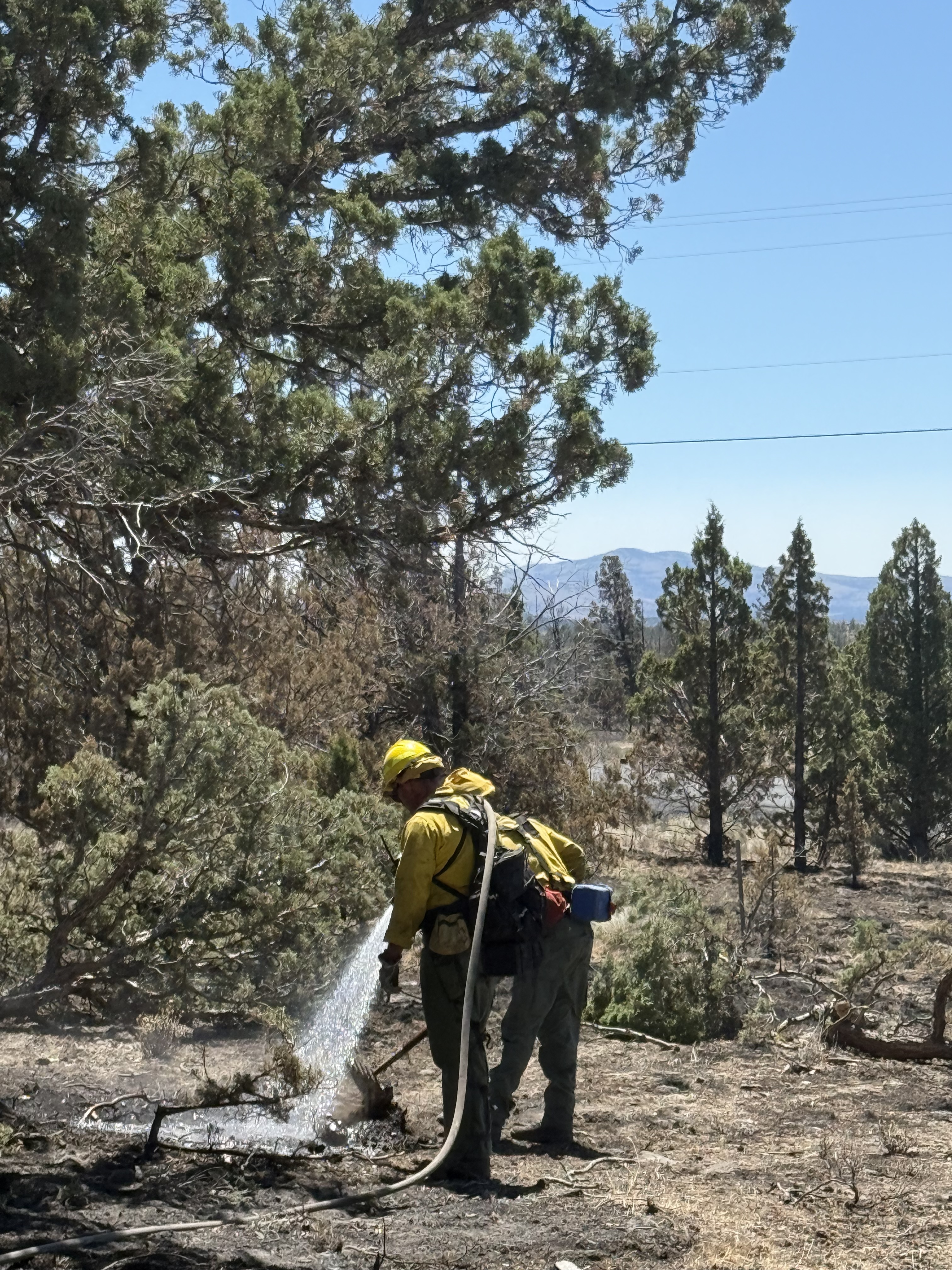La Pine’s septic upgrades might be subsidized
Published 4:00 am Thursday, February 1, 2007
New rules to protect the La Pine area’s groundwater could cost homeowners less than previously thought, after Deschutes County officials proposed offsetting some of the expense Wednesday.
The rules are an effort to reduce the problem of nitrates leeching from septic systems and entering the region’s groundwater. Studies have shown nitrates could contaminate residents’ drinking wells and eventually reach the Deschutes and Little Deschutes rivers.
Trending
To slow contamination, the county has proposed requiring about 5,800 homes to install new, nitrate-neutralizing septic systems. In public meetings, some La Pine residents have complained about the potentially pricey upgrades.
The county plans to offer La Pine and Sunriver-area residents a package of incentives, including low-interest loans and grants, with an eye toward easing opposition toward the rules.
”We’d have a revolt if we didn’t have a deal down there on how to pay for it,” Commissioner Dennis Luke said.
The total cost of replacing those systems would be in the range of $58 million, Luke and community development department staff estimated Wednesday. But, for the first time, county planners made clear that the county expects to help offset $35 million to $45 million of those costs, mainly by selling county-owned land in La Pine.
”The message we obviously haven’t been that effective in communicating is we have this asset,” said Planning Director Catherine Morrow.
Community Development Department staff members are creating more exact estimates for the total cost of upgrading La Pine-area systems, as well as what form the financial assistance would be offered.
Trending
Because nitrate pollution could create countywide environmental problems if it reaches the Deschutes or Little Des-chutes rivers, Deschutes County has a duty to help homeowners upgrade their septic systems, Luke said.
”We need to find a way to reduce that cost as much as possible,” Luke said. ”Once that stuff hits the rivers, you’re never going to stop it.”
Studies have found a relationship between high nitrate levels in drinking water and ”blue baby syndrome,” which affects babies’ blood, Rich has said. The chemicals have also been linked to spontaneous abortions and certain types of cancer.
The potential assistance wouldn’t be available unless commissioners decide to adopt the proposed rules. Commissioners agreed to hold three hearings in La Pine, probably in March, before making a decision.
Commissioner Tammy Baney, who proposed the three-hearing schedule, said she wanted opponents of the rule to have a fair chance to make their case.
”I feel that I have a responsibility to allow others to be heard as well,” Baney said.
Without factoring in the proposed county aid, the cost of updating the septic systems could range from as little as $2,250 to as high as $18,250 per system, according to Community Development Department projections.
Those prices include a $3,750 credit that’s currently available to residents who upgrade their systems, Community Development Director Tom Anderson said.
The county will also offer south county residents a package of grants, low-interest loans and potential tax credits or rebates, Anderson said. The county will use the profits from the sale of about 300 acres in the La Pine Newberry Neighborhood – worth $30 million to $40 million – to pay for most of that assistance, Anderson said.
La Pine real estate agent Ted Scholer, who has questioned the proposed rules, said Anderson’s estimate of the land’s value might be too low.
”That is very conservative,” said Scholer, at the meeting Wednesday.
The Community Development Department plans to present commissioners with a list of possible incentives for people who replace their systems sometime before the public hearings, Anderson said.
Baney, who joined the board of commissioners at the start of the year, asked community development employees about the feasibility of a more gradual upgrade of septic systems – for example requiring new systems when lots are sold or existing systems fail.
But Barbara Rich, senior environmental health planner with the community development department, said that plan would take a long time.
”It would get everyone, but it would be over a much longer period of time, probably over a timeframe of 50 to 60 years,” Rich said.
That’s too long, Morrow said.
”Science indicates the sooner we take action the better it’s going to be,” Morrow said. ”The longer we wait to change out every single system, the more areas we’ll, in fact, not be able to protect.”
THE HAZARDS OF NITRATES
CAUSES
Nitrates are combinations of nitrogen and oxygen, some of which are harmful. Sources include runoff or seepage from:
* Fertilized agricultural lands.
* Municipal and industrial waste water.
* Refuse dumps.
* Animal feedlots.
* Septic tanks and private sewage disposal systems.
* Urban drainage and decaying plant debris.
EFFECTS
Nitrates from fertilizer and septic systems have become an environmental issue, polluting groundwater, rivers and oceans. The chemical compounds can contaminate well water, which poses a threat to infants. In open waters, nitrates can kill fish.








